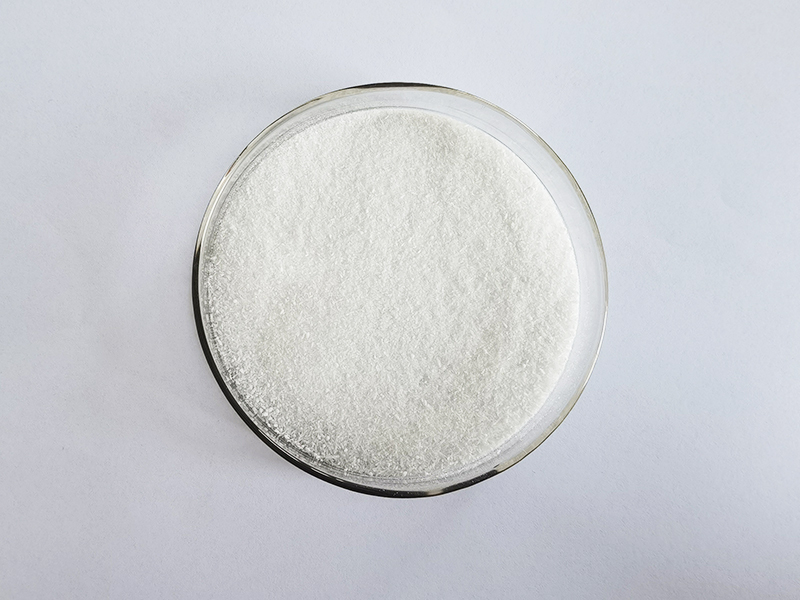Origin of Snow White Powder
“Snow White Powder” is often used as a colloquial term for various substances, typically referring to refined, white-colored powdered chemicals. The term is not specific to a single substance but can refer to various materials based on the context, including illicit drugs, industrial chemicals, or even certain medical compounds. Here, we will discuss some common associations and general properties related to substances that might be referred to by this name.
1.Cocaine:
Origin: Cocaine is derived from the coca plant (Erythroxylon coca), primarily grown in South America. The process of making cocaine involves extracting coca leaf alkaloids and refining them into cocaine hydrochloride, a white powder.
Properties: Cocaine is a stimulant that affects the central nervous system, producing feelings of euphoria, increased energy, and heightened alertness. It is highly addictive and illegal in most parts of the world for non-medical use.
2.Talcum Powder:
Origin: Talc is a naturally occurring mineral composed mainly of magnesium, silicon, and oxygen. It is mined from deposits found around the world, including the United States, China, and Brazil.
Properties: Talcum powder is known for its softness and ability to absorb moisture, making it useful in cosmetic and hygiene products. It has been used historically in baby powder and other personal care items.

3.Boric Acid Powder:
Origin: Boric acid is derived from borate minerals such as borax. It can be found naturally in volcanic spring waters and is produced from the reaction of borax with a mineral acid.
Properties: Boric acid is a white powder with antifungal and antibacterial properties. It is used in a variety of applications, including insecticides, antiseptics, and preservatives.
Properties of Snow White Powder
The properties of “Snow White Powder” will vary depending on the specific substance being referred to. However, common characteristics of these white powders might include:
1.Appearance: Fine, white, crystalline powder.
2.Solubility: Varies widely; some are soluble in water (e.g., cocaine hydrochloride), while others are not (e.g., talcum powder).
3.Chemical Reactivity: Dependent on the substance; some powders are chemically inert, while others can react vigorously with other chemicals.
4.Usage: Can range from medicinal applications to industrial uses, or even recreational (in the case of illicit drugs).
Introduction and Applications of Snow White Powder
Given the variety of substances that can be referred to as “Snow White Powder,” here are a few brief introductions and applications for some common types:
1.Cocaine:
Introduction: Cocaine is a powerful stimulant drug that is illegal for recreational use but has some limited medical uses as a local anesthetic.
Applications: Used illicitly for its euphoric effects; in medicine, it is occasionally used in specific surgeries for its numbing properties.
2.Talcum Powder:
Introduction: Talcum powder is a widely used personal care product known for its ability to absorb moisture and reduce friction.
Applications: Used in baby powders, body powders, and cosmetics. Industrially, it can be used as a lubricant and filler material.

3.Boric Acid Powder:
Introduction: Boric acid is a versatile chemical with antiseptic, antifungal, and insecticidal properties.
Applications: Used in pest control, as an antiseptic for minor cuts and burns, and in various industrial processes.
Conclusion
“Snow White Powder” is a broad term that can refer to various substances, each with distinct origins, properties, and applications. Whether it’s the illicit drug cocaine, the personal care product talcum powder, or the versatile boric acid, these powders play significant roles in their respective fields. Understanding the specific context in which the term is used is crucial for identifying the particular substance being referred to.
